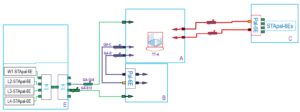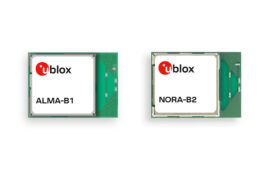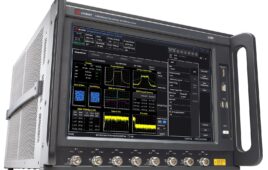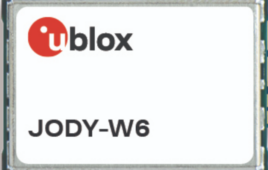Spirent’s Wi-Fi test service lets you run a battery of performance and precertification tests for routers, access points, or IoT devices.
I recently replaced a failed old dehumidifier. Like so many devices, the new unit has connectivity, which is great because now I don’t have to go downstairs to check if the bucket is full. An app on my phone provides the fill status and lets me remotely change the humidity level over my Wi-Fi network. As can happen with previously unconnected devices, the dehumidifier is manufactured by a company whose engineers may not have all that much Wi-Fi experience.
While I don’t know how the company’s engineers tested the unit’s Wi-Fi and Bluetooth radios, many other consumer and industrial IoT devices need wireless testing that wasn’t needed in years past. To that end, Spirent Communications now offers a “Send us your device” testing service. The company has set up a lab in the former Octoscope facility in Massachusetts where you can send your device for preconformance testing.
The lab consists of several OctoBox test chambers that isolate a DUT from outside signals and noise. An automated system provides known test signals for receivers and analyzes signals transmitted from a DUT. 5G Technology World spoke with Spirent’s James Kimery about the service. It’s a classic “build vs. buy” situation where small companies might be better off contracting for test time rather than purchasing and integrating their own test system.
“Engineers responsible for design and test of Wi-Fi connected devices mostly care about throughput,” said Kimery. “In particular, they want to test for rate-versus-range (RVR).” The Octobox system lets engineers attenuate transmitted test signals, thus simulating distance from the DUT. Other tests include interference, motion, and attenuation through walls and other objects, all under software control. Figure 1 shows a schematic of a receiver sensitivity test. The DUT is in box A, which contains four log-periodic antennas.
When using any third-party test house, you need to prepare for a visit or for shipping your product to the test lab. Kimery noted that a consultation meeting will start the process. Spirent engineers need to know how to connect the test equipment to your DUT. For example, is connectivity over Ethernet, Bluetooth, or some other connection? You’ll also have to document how to update your device’s firmware, for test might include trying different versions for best performance. “There’s lots of discussion before testing can begin,” said Kimery.
Spirent’s secure Wi-Fi test facility includes several test stations. Access to the lab is limited to only those people who need to be in the lab. That’s to ensure that your competitors won’t see your product and you won’t see theirs.
In addition to throughput and RVR tests, the Massachusetts facility can run preconformance tests based on TR-398 Issue 2. Tests include airtime fairness, 802.11ax peak performance, channel selection, and receiver sensitivity. Figure 2 shows a Wi-Fi 6 router inside an Octobox, which contains four log-periodic antennas.
Following a test, Spirent engineers will prepare a test report and assist those who need help interpreting the results.
<br clear=”all”>







Instead of TR-382, should this be TR-398?
Correct. Fixed.